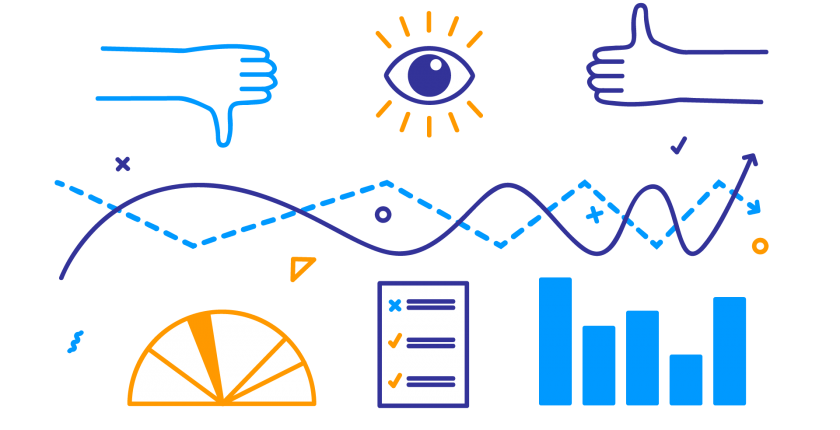News & Events
Types Of Monitoring And Evaluation
- May 3, 2022
- Posted by: glearningcenter
- Category: Education

Monitoring and Evaluation (often called M&E ) now seen more as combination of data collection and analysis (monitoring) and assessing to what extent a project, program or intervention has, or has not, met its objectives (evaluation). Based on this, a lot of categorizations has been itemized for M&E to include.
Also read: Five Things A Well Thought Out Monitoring and Evaluation Can Help You Achieve
Process monitoring
Process monitoring is concerned with gathering and analyzing regular data in order to determine if project tasks and activities are leading to the desired project results. It verifies the project’s progress toward the desired results. In this type of monitoring, the inputs, actions, and outputs are all measured. To put it another way, process monitoring provides answers to the questions “what has been done so far, where, when, and how?” Most of the data that is gathered during a project is used for this type of monitoring.
Also read: Five Things A Well Thought Out Monitoring and Evaluation Can Help You Achieve
Technical monitoring
Technical monitoring is the process of determining if a project’s implementation strategy is delivering the desired outcomes. It covers the project’s technical features, such as the tasks to be carried out. Technical monitoring may lead to a change in strategy, with the project opting for different strategy that will actualize project objectives. To aid you in providing relevant suggestions, it is recommended that you consult specialists in project monitoring and assessment. (Go to: https://gconsultingisl.com)
Assumption monitoring
Every project has its own set of working assumptions, which must be spelled out in detail in the project log frame. These assumptions are aspects over which the project has no control, but which may impact the project’s success or failure. Assumption monitoring entails determining these variables that are not related to the project. Assumption monitoring is critical since it may assist in explaining why a project succeeds or fails.
Also read: Agribusiness Small and Medium Enterprises Investment Scheme (AGSMEIS) Main Course NIRSAL
Financial Monitoring
Financial monitoring basically means keeping monitoring of project/program expenses and comparing them to the budgets created during the planning stage. The effective use of money available to a program/project is critical for avoiding excesses and waste. Accountability and reporting, as well as assessing financial efficiency, are all essential reasons for financial monitoring (the maximization of outputs with minimal inputs).
Also read: 10 CRITICAL QUESTIONS TO PREPARE CEO’ FOR MONDAY MEETING
Impact Monitoring
Impact monitoring is a sort of monitoring that evaluates the impact of project operations on the target population on a continuous basis. The long-term repercussions of a project are known as impacts. However, there is a requirement for assessing impact change in projects with a lengthy life span or programs (programs have no fixed timetables) in order to indicate whether the general conditions of the intended beneficiaries are improving or not. In this situation, the management must monitor the project’s/impact program’s using a pre-determined set of metrics, including both positive and negative impacts, planned and unintended. In a Water and Sanitation program, for example, it may be necessary to track changes in Under 5 Mortality in the program region over time. Instead of being labeled as an impact evaluation, this would be labeled as impact monitoring in this scenario.
Also read: How To Eat That Frog and Achieve a Better Digital Career
Authors
Grace Okoko
Dr Peter Daniel

